

Best pH Probes For Hydroponics in 2025 – A Complete Buying Guide
Finding the best pH probe for hydroponics can make or break your growing success. In hydroponics, maintaining the correct pH is essential because it directly
# Type at least 1 character to search # Hit enter to search or ESC to close

No products in the cart.

No products in the cart.
Product Categories
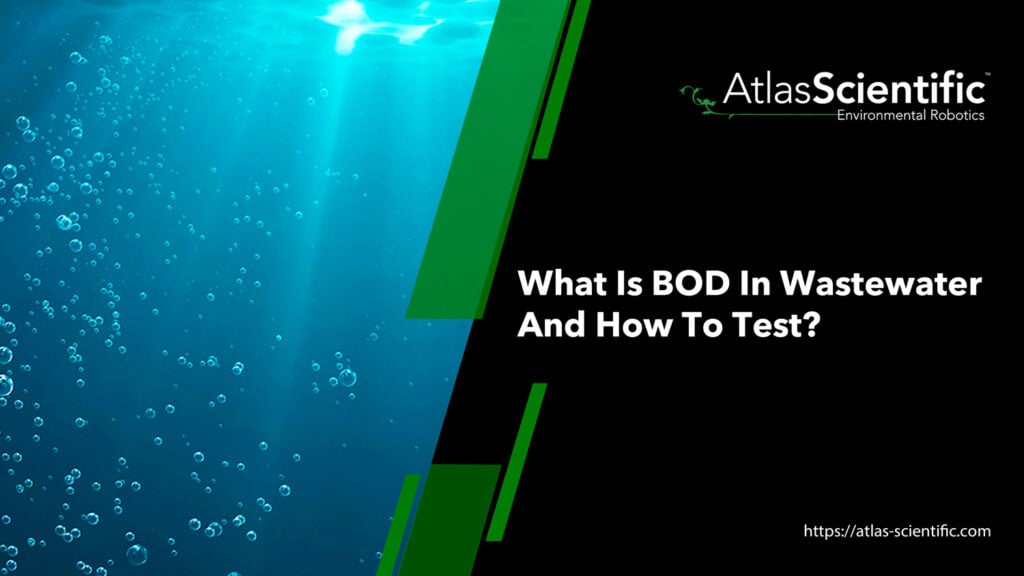
Biological/Biochemical Oxygen Demand (BOD) is an essential metric in wastewater treatment processes to assess how effective the treatment process is. If BOD levels are too high they indicate insufficient treatment, and so adjustments or improvements in the treatment process must be made. On the other hand, if BOD levels are low, it signifies successful treatment that organic pollutants have been removed, preserving the water quality for safeguarding public health and maintaining environmental sustainability.
Water is an essential resource on our planet. Wastewater is water that comes from everyday usage, and that has either been contaminated by human activities or environmental and industrial processes. Therefore, the water must be treated for reuse or safe disposal into the environment. This is where wastewater treatment plants come in.
In wastewater treatments, biochemical (or biological) oxygen demand, or BOD, is a critical index that every municipal and industrial authority in the US (and worldwide) must be aware of.
Biochemical/biological oxygen demand, more commonly shortened to “BOD” is the term that represents the amount of oxygen consumed by bacteria and other microorganisms during the decomposition of organic matter when the condition is aerobic and at a specific temperature over time. The BOD value is typically expressed in mg/L (milligrams of oxygen per liter of water).

Many factors can determine the BOD in water, and therefore, it is essential to understand that the factors affecting BOD are also the factors that can reduce dissolved oxygen (DO) levels.
One factor affecting BOD in wastewater is excessive fertilizers and contaminants entering the water. Another is temperature, which can lead to a reduction in the amount of DO in the water, increasing the BOD readings.
To maintain the current BOD in wastewater, there is a specific method to follow. To determine BOD, operators can measure how dissolved oxygen (DO) levels have differed over 5 days. Before the 5 days, it’s important to record the initial DO level of the water sample to ensure that an accurate result is recorded.
After 5 days, an additional measurement is taken from the same sample of water, keeping in mind that DO levels are usually displayed in parts per million (ppm). If after performing the test, the BOD reading is high, this tells the operator that the amount of DO in the water is low, which is an indication of poor water quality. So, if the BOD level is high, then it is best not to drink the water or use it in industrial processes until it has been treated effectively.
When DO levels drop in water, this indicates that the oxygen-consuming bacteria couldn’t obtain the amount of DO they need to break down organic matter in the water. Therefore, the water quality should be high and shouldn’t contain a large amount of contaminants.
If a BOD test is taken in a clean and therefore non-polluted river, the BOD reading should be <1 PPM, while if the BOD is measured in sewage, then it typically reads greater than 200 PPM, often reaching up to 600 PPM.
BOD doesn’t magically appear from thin air, it has to come from somewhere. There are many sources of BOD, so let’s look at some of the primary sources associated with BOD:
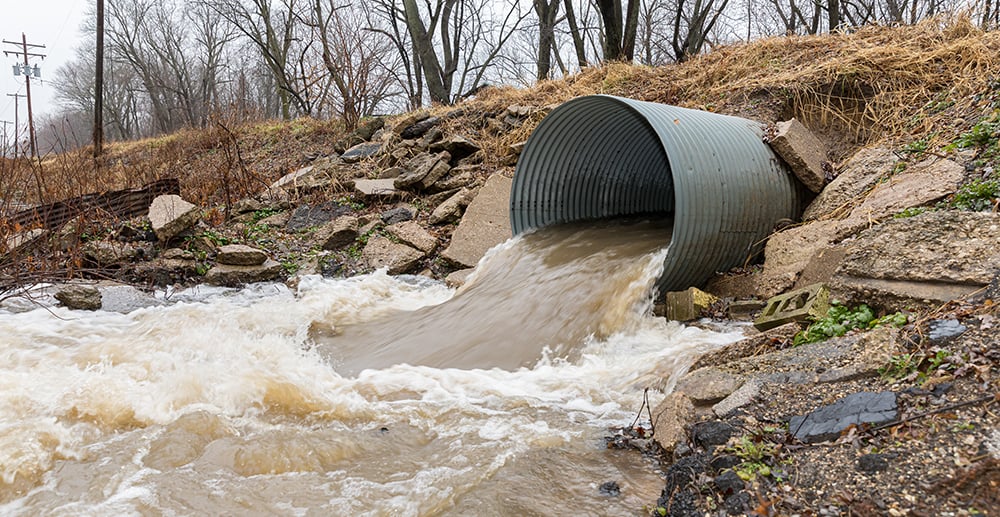
Any of the above sources can cause high BOD in water, and while it is always possible to treat contaminated water to increase the water quality and remove most of the contaminants, it is also highly advised to identify the source of high BOD. By identifying the source of high BOD, you can ensure that it doesn’t affect the water quality again.
Many of the sources above are associated with environmental factors and industrial facilities, yet one of the biggest sources comes from within our households. Over the years phosphate pollutants from laundry, dishes, and car washing soaps have been making their way into our water systems. These phosphates get carried through the water system via our drains, and if not properly disposed of, the pollutants can seep into surrounding water causing high BOD readings.
Measuring BOD is a common practice in wastewater treatment plants as an index of the amount of organic waste and pollution in the water. Industries that need to discharge wastewater into municipal sewers or waterways must follow strict regulations on the levels of BOD in the water to protect our environment and the people using the water. Before discharging wastewater, the solid materials (organic and inorganic materials) must be reduced by treatment otherwise the BOD will increase when being discharged.
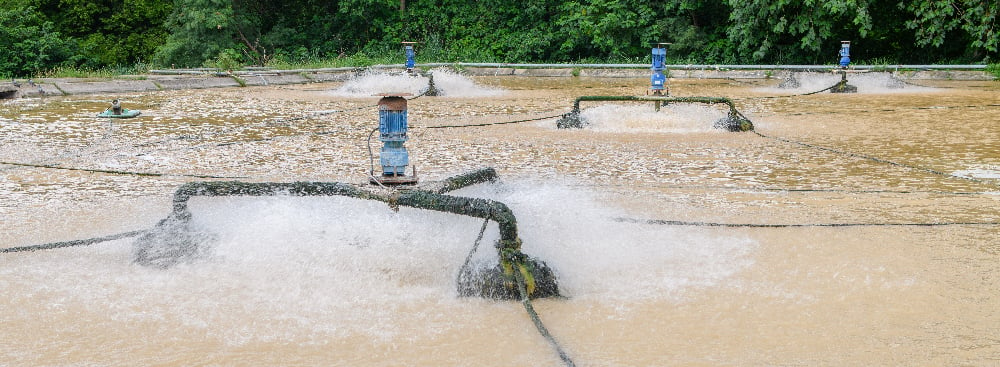
As mentioned above, a BOD test is carried out over a 5-day incubation period at a specific temperature (usually 68°F (20°C), and the higher the BOD value the higher the level of pollution, whereas a low BOW value indicates a less polluted body of water.
Municipalities (governed villages, towns, or cities) use BOD test kits to detect water contamination in public water supplies to check that it’s safe for human consumption. Industries must be aware of their BOD value to determine if water is safe for reuse or disposal or if it needs treatment.
There are three main methods for BOD reduction in wastewater:
Wastewater Clarification removes primarily sludge (organic solids) from the wastewater using the force of gravity. The heavier particles sink and settle at the bottom of the water and are removed. This is the primary phase of reducing BOD in wastewater, followed by chemical separation.
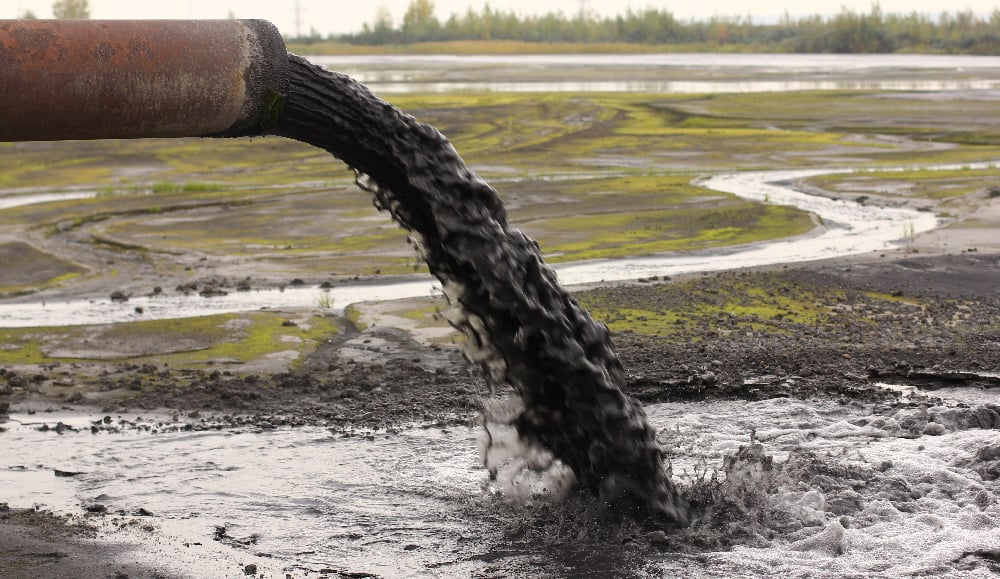
Chemical separation removes any colloidal solids such as bacteria, fine clays, and silts that are suspended in the water via coagulation and flocculation. It’s often easy to identify if wastewater contains colloidal solids, as the water usually has a brown hue and therefore is often referred to as tea water.
In coagulation, non-toxic agglomerating agents like aluminum sulfate or ferric chloride are added to the wastewater forcing the suspended particles to join and create clumps. These clumps are then easily removed from the wastewater via filtration.
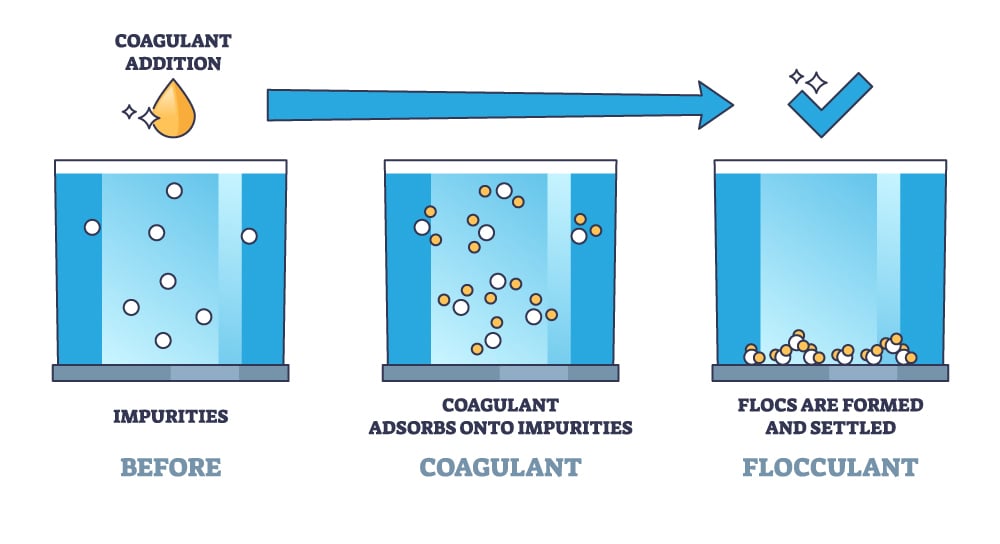
Flocculation uses chemical polymer flocculating agents such as polyacrylamide and other polymers to precipitate organic particles from the water by joining together to form larger particles, or in more technical terms “flocs” – hence the name. These larger particles are then deposited into the sedimentation tank for additional treatment before disposal.
Using coagulants and flocculants to remove organic particles from wastewater eliminates nutrients for microbes to thrive, and therefore prevents them from competing for dissolved oxygen (DO) with marine life.
This phase introduces microorganisms or bacterial cultures into the wastewater without the presence of oxygen (air), so that they can break down the organic particles. The outcome of the anaerobic digestion/decomposition process is the production of biogas.
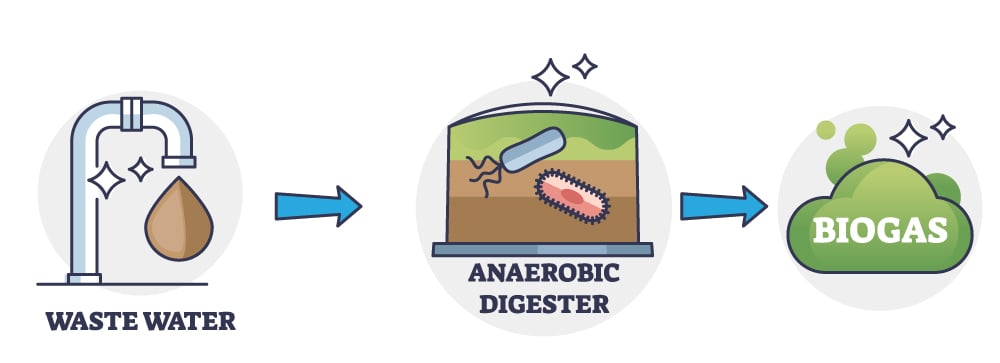
As biogas is produced, the anaerobic decomposition stage is highly beneficial as it can be utilized as an alternative energy source for drying, power, and heating applications, contributing to a greener future for wastewater treatment plants.
Before you measure BOD in wastewater it is important to prepare the sample:
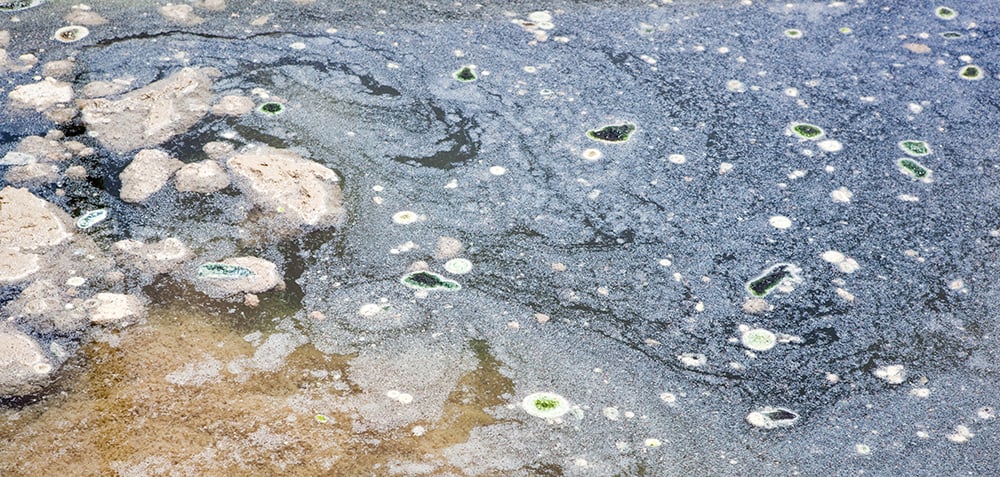
Testing BOD In Wastewater
Biochemical or biological oxygen demand (BOD) is an important measurement in wastewater treatment plants as an assessment of how effective the treatment process is. When the BOD in wastewater is high, it is likely the treatment process isn’t up to its typical standards. Whereas if the BOD reading is low, this indicates that the wastewater treatment plant is working as expected.
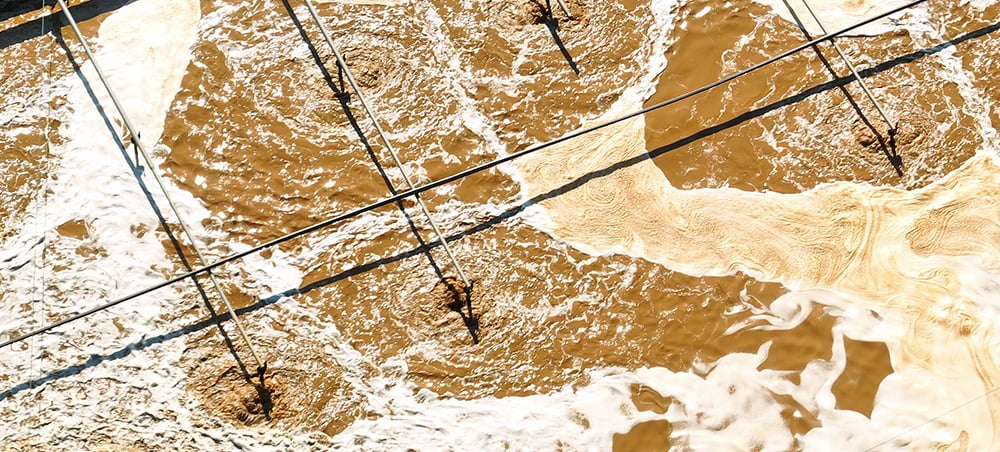
If you want to know more about BOD in wastewater or how to measure BOD in your water at home, do not hesitate to contact the world-class team at Atlas Scientific.







Finding the best pH probe for hydroponics can make or break your growing success. In hydroponics, maintaining the correct pH is essential because it directly

The fastest way to reduce ammonia levels in a fish tank is to perform partial water changes, temporarily stop feeding fish, use chemical filtration, increase